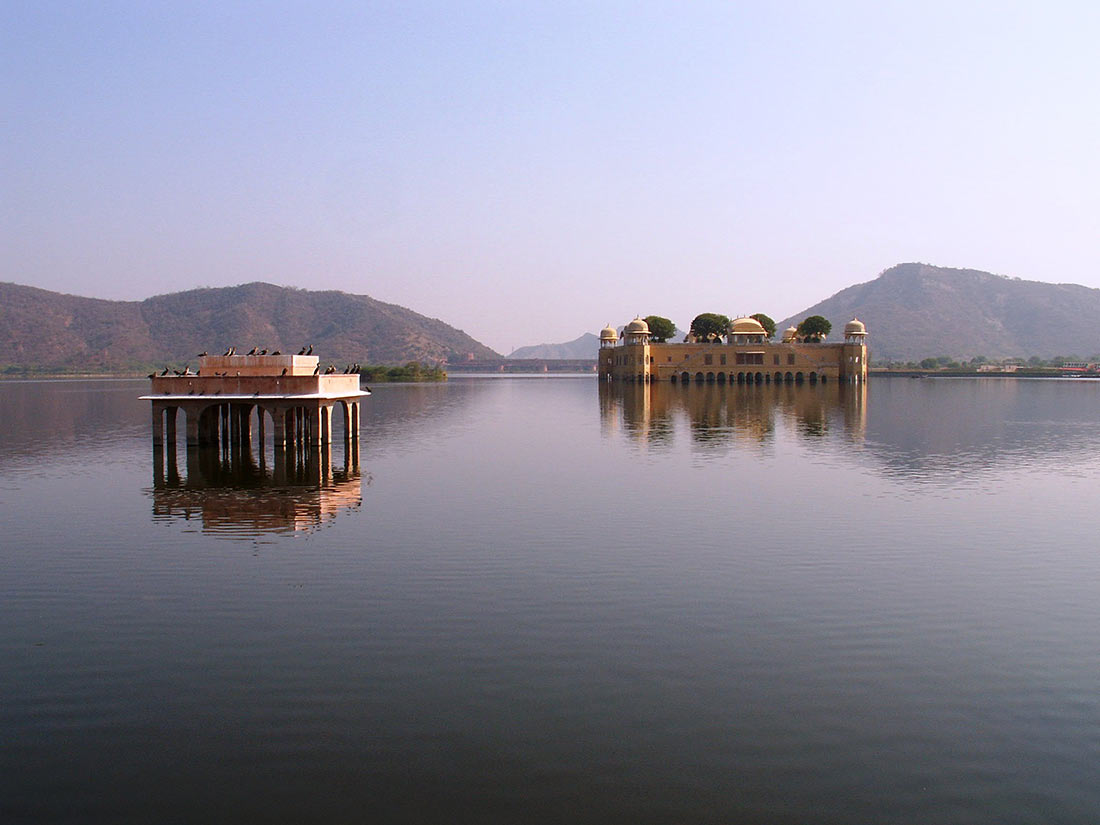Not far from the city of Jaipur, the capital of the state of Rajasthan, there is an amazingly beautiful valley. In this valley there is a man-made lake Man Sagar. In the center of this lake rises a magnificent palace. When you look at it, you get the impression that this man-made miracle has grown out of the water, and now it just hovers above it. This miracle is called the Jal Mahal Palace.

The palace was built in the middle of the 18th century by the local ruler Madho Singh I as a summer residence where you can wait out the hot summer. The Indian nobility loved to hunt in these places. After all, there were a lot of birds in the valley. There are many of them today.

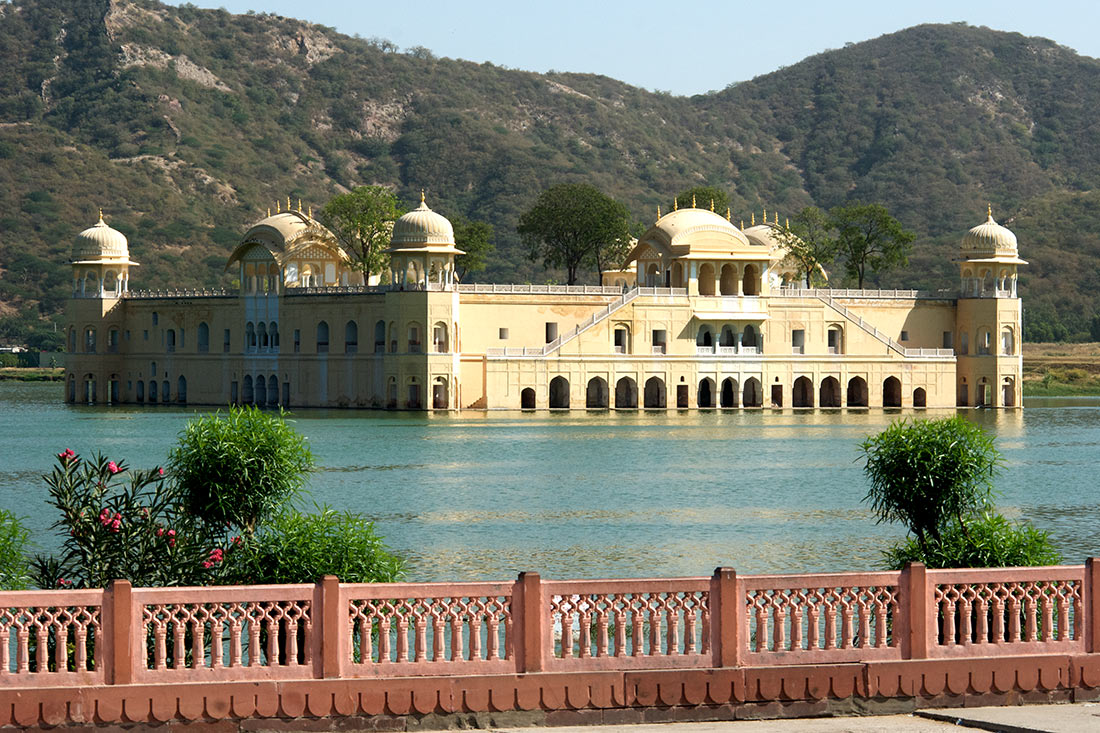
Photo: Kevin Jones, https://www.flickr.com/photos/kj-an/3109734618 (https://creativecommons.org/licenses/by/2.0/)

Photo: pushark lakhera, https://www.flickr.com/photos/149665832@N04/34296153562/ (https://creativecommons.org/licenses/by/2.0/)
Surprisingly, but this mysterious palace… has no rooms. A small garden on the roof was used for relaxing after bird hunting. Four flooded floors can be found under the water.
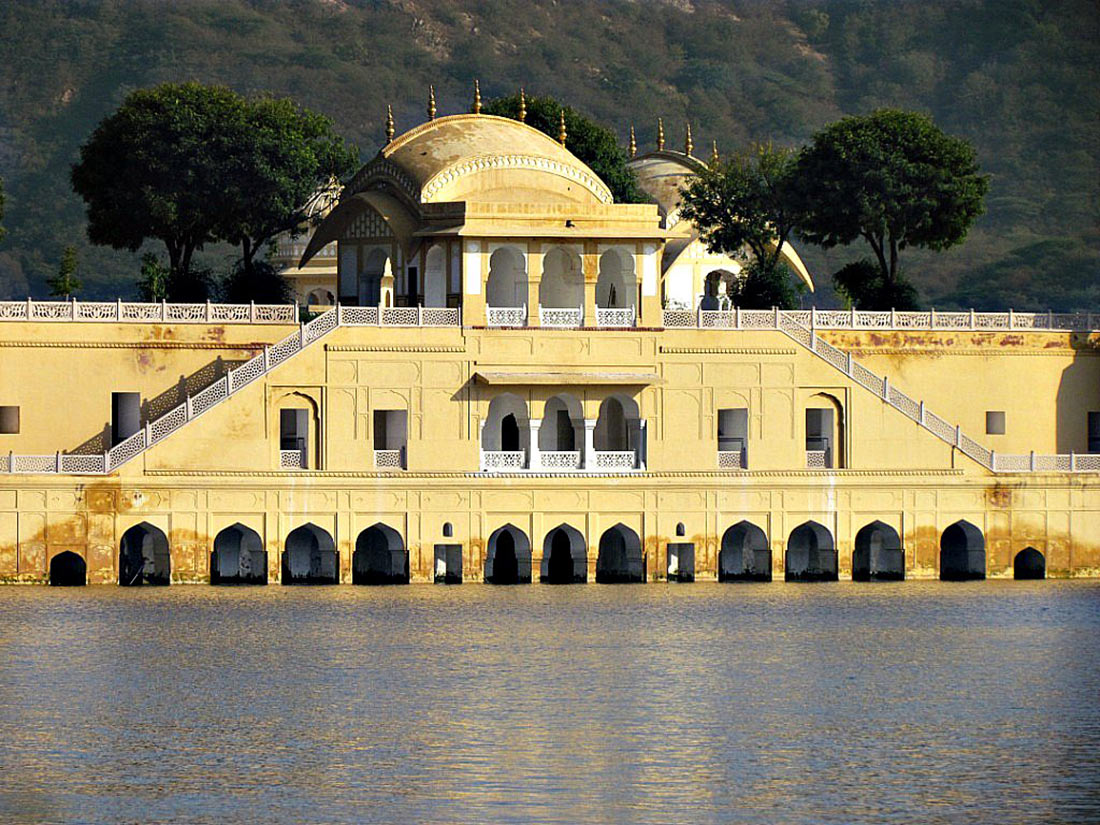
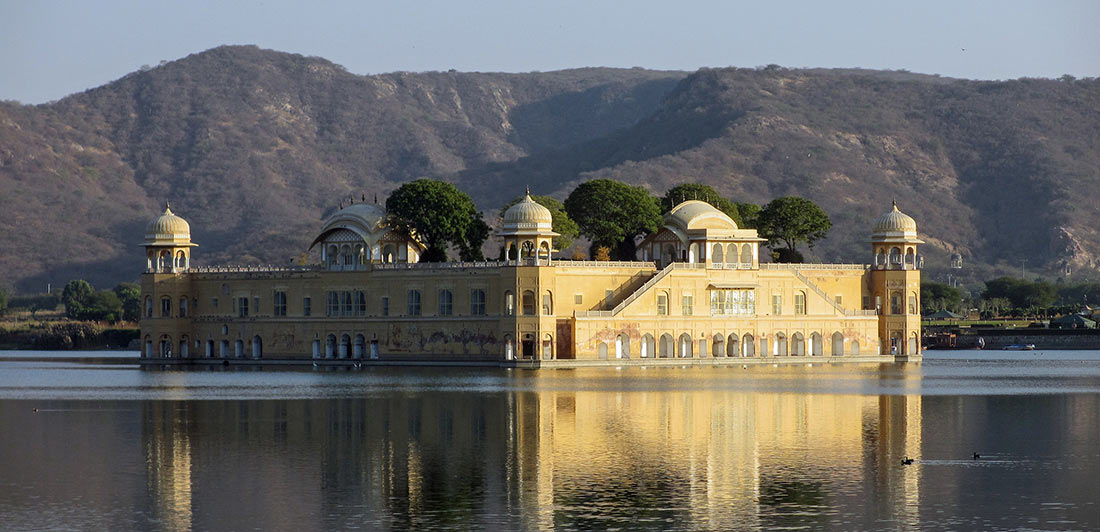
Photo: Brian Walter, https://www.flickr.com/photos/christopherlanephotography/33732659156/ (https://creativecommons.org/licenses/by/2.0/)
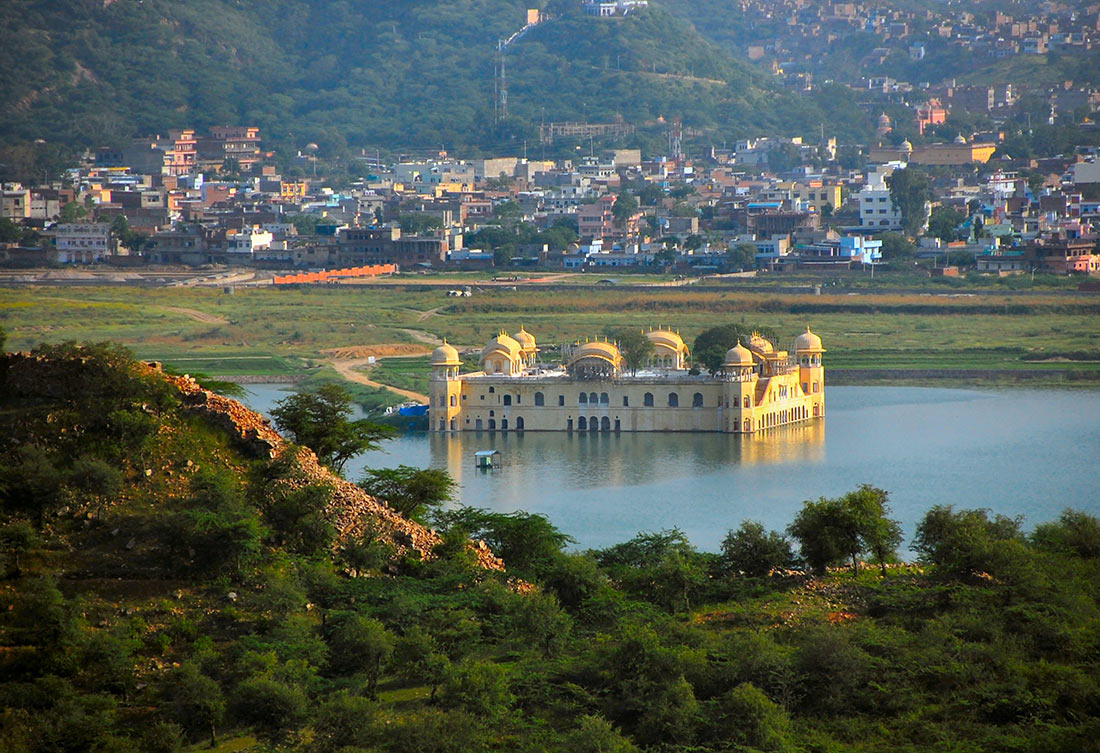
Photo: Russ Bowling, https://www.flickr.com/photos/robphoto/2929587520/ (https://creativecommons.org/licenses/by/2.0/)
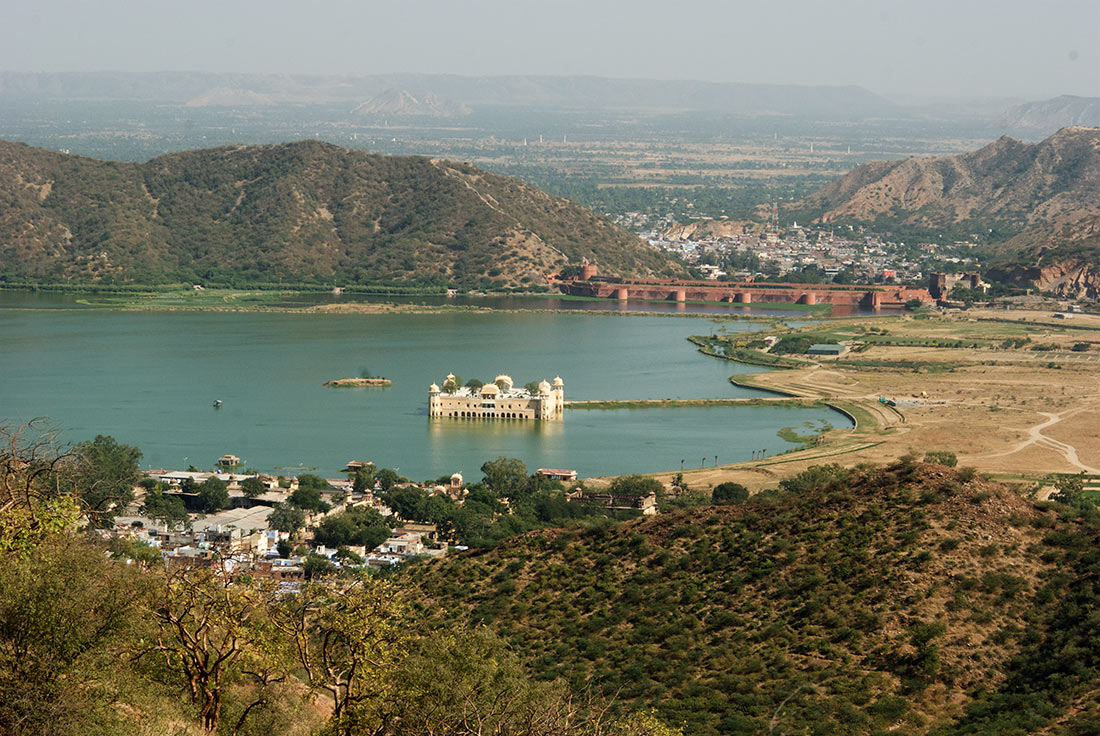
Photo: Kevin Jones, https://www.flickr.com/photos/kj-an/3109814668/ (https://creativecommons.org/licenses/by/2.0/)
Its hard to find a palace which does not have at least a single legend about its creation. Has its own legend also Jal Mahal. According to it the palace was built in those days for the rest of the rulers. But one day a terrible drought began, as a result of which famine struck the local population. And then the ruler decided to block the nearest river with a dam. Gradually, the water from the river flooded the valley, the first four floors of the palace went under the water. The peasants began to take water from the new formed lake and water their fields. The hunger has receded. But since then the palace has stood in the middle of the lake.
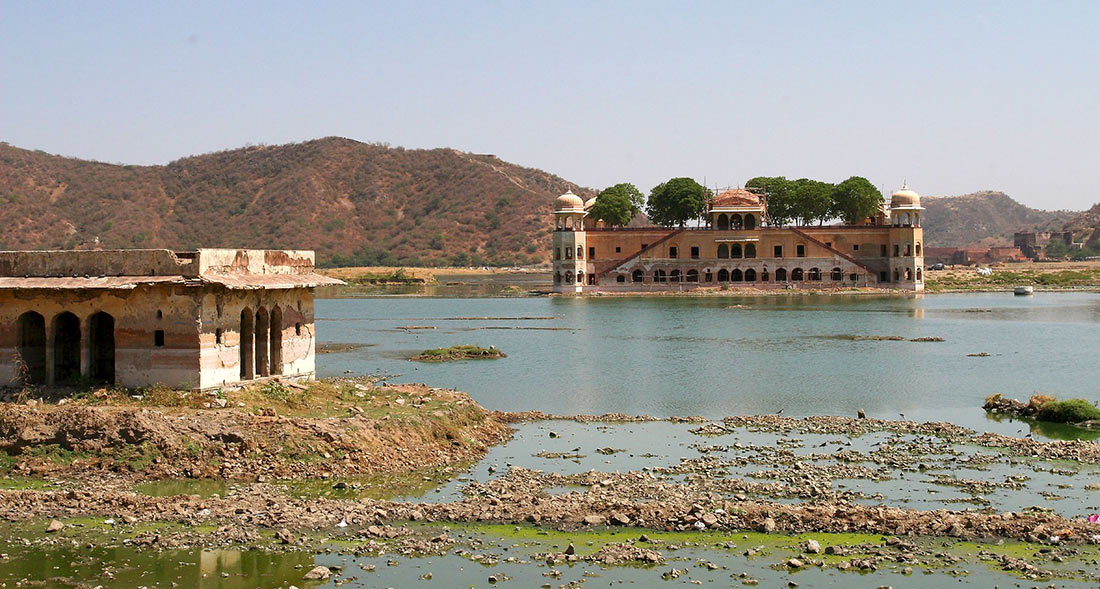
Photo: Bryan Allison, https://www.flickr.com/photos/bryangeek/278846217/ (https://creativecommons.org/licenses/by-sa/2.0/)
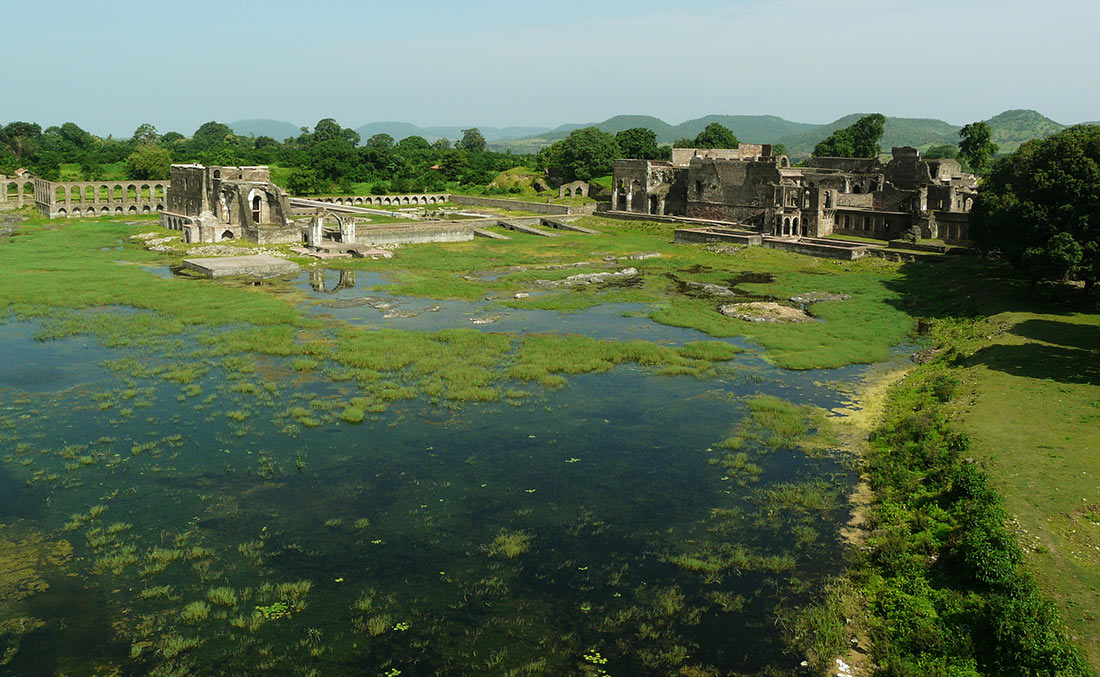
Photo: Varun Shiv Kapur, https://www.flickr.com/photos/varunshiv/3925751829/ (https://creativecommons.org/licenses/by/2.0/)

Photo: VinceHuang, https://www.flickr.com/photos/s_y_s/372856841/ (https://creativecommons.org/licenses/by/2.0/)
For more than 200 years no one took care about the palace, and it completely lost its former grandeur. The lake has covered with mud and has overgrown with lush vegetation.
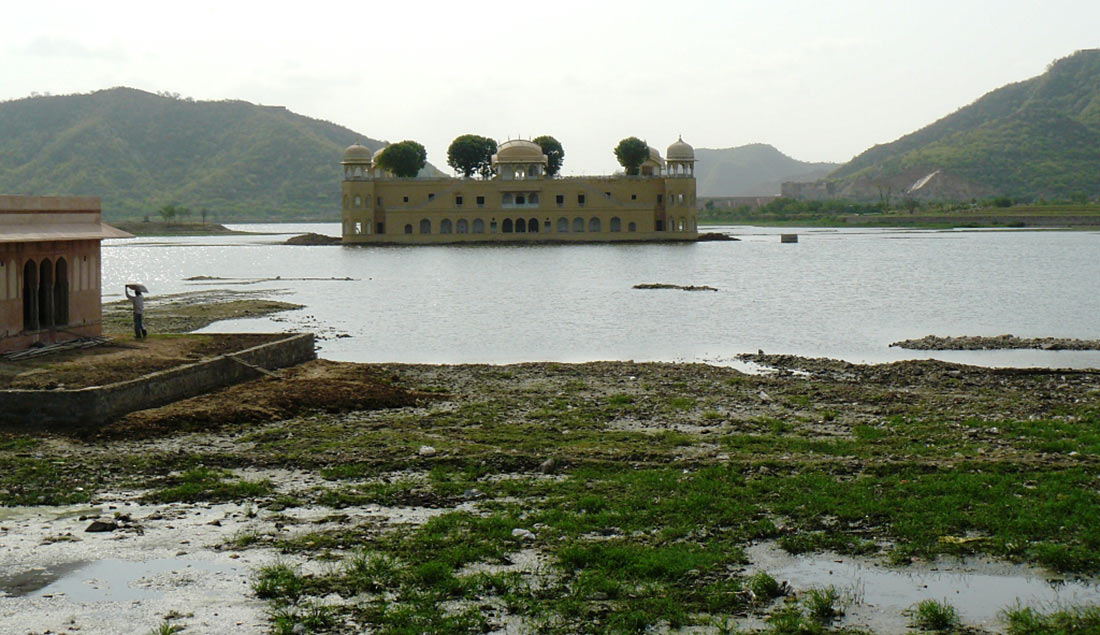
Photo: Dinesh Bareja, https://www.flickr.com/photos/dineshobareja/4913155295/ (https://creativecommons.org/licenses/by/2.0/)
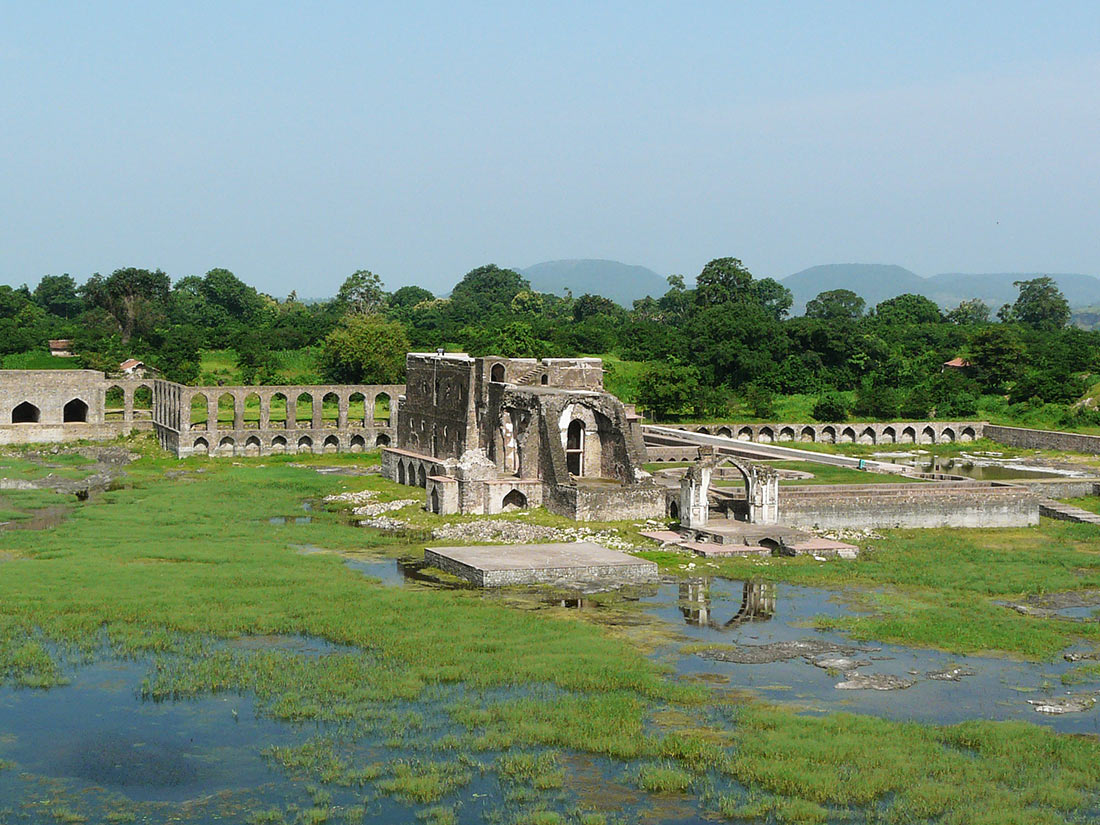
Photo: Varun Shiv Kapur, https://www.flickr.com/photos/varunshiv/3926533862/ (https://creativecommons.org/licenses/by/2.0/)
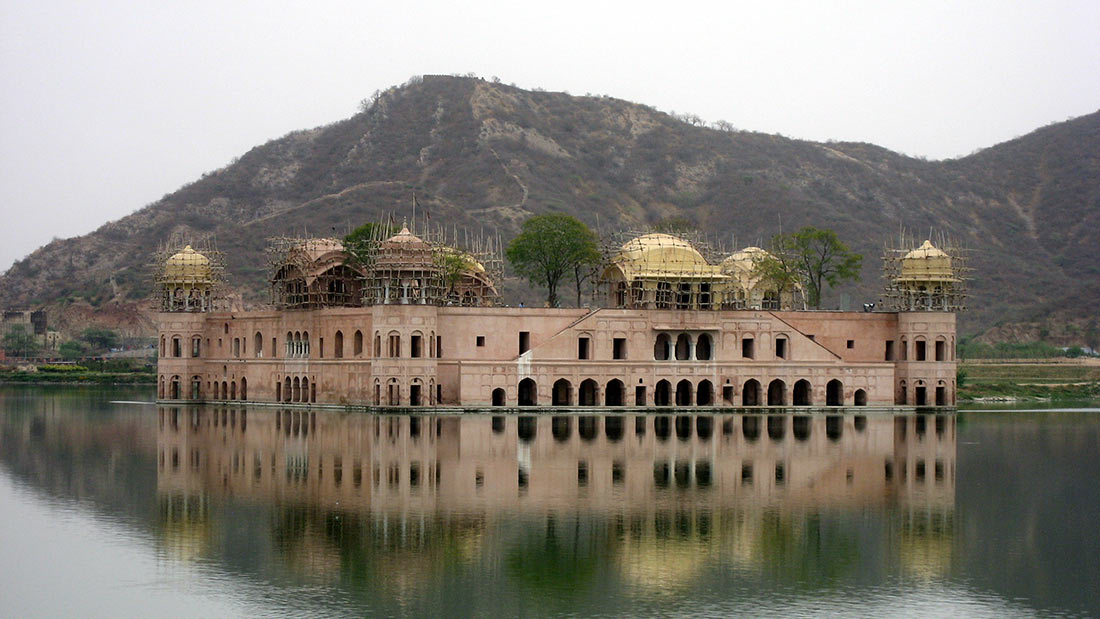
Photo: wonker, https://www.flickr.com/photos/wonker/2374790160/ (https://creativecommons.org/licenses/by/2.0/)
But recently the building was restored, and the lake together with surrounding lands were cleared.
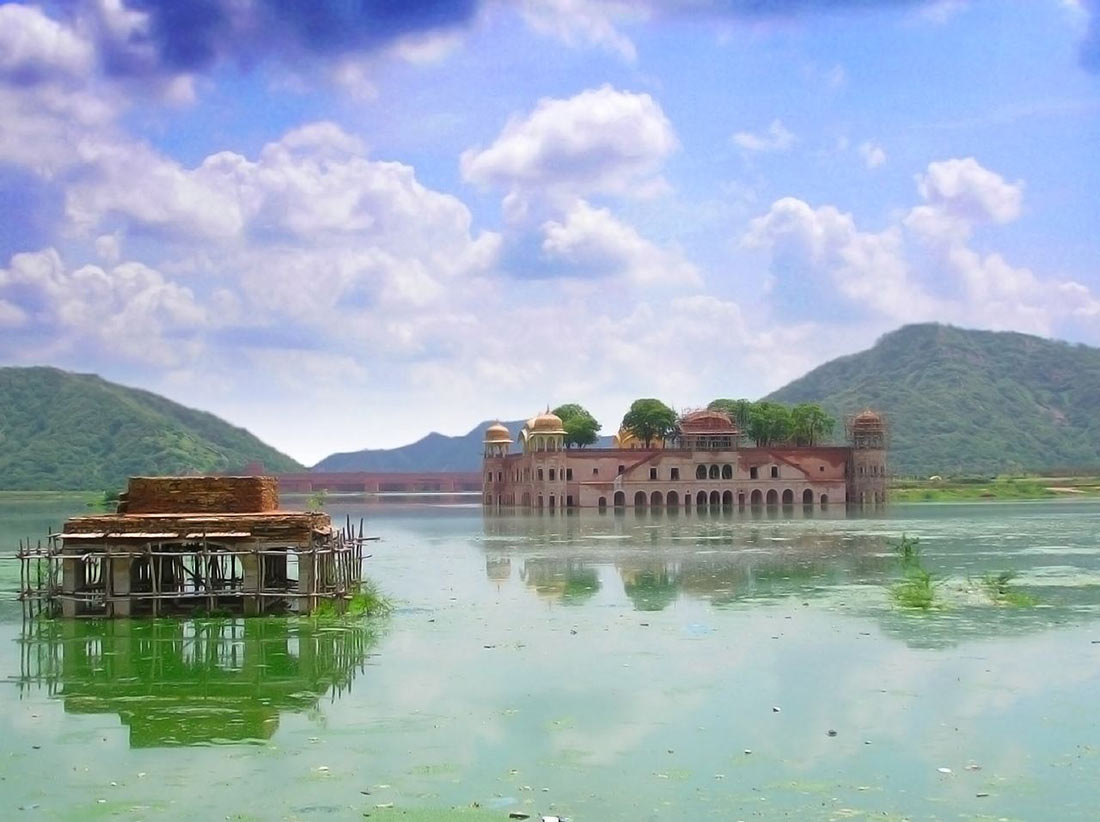
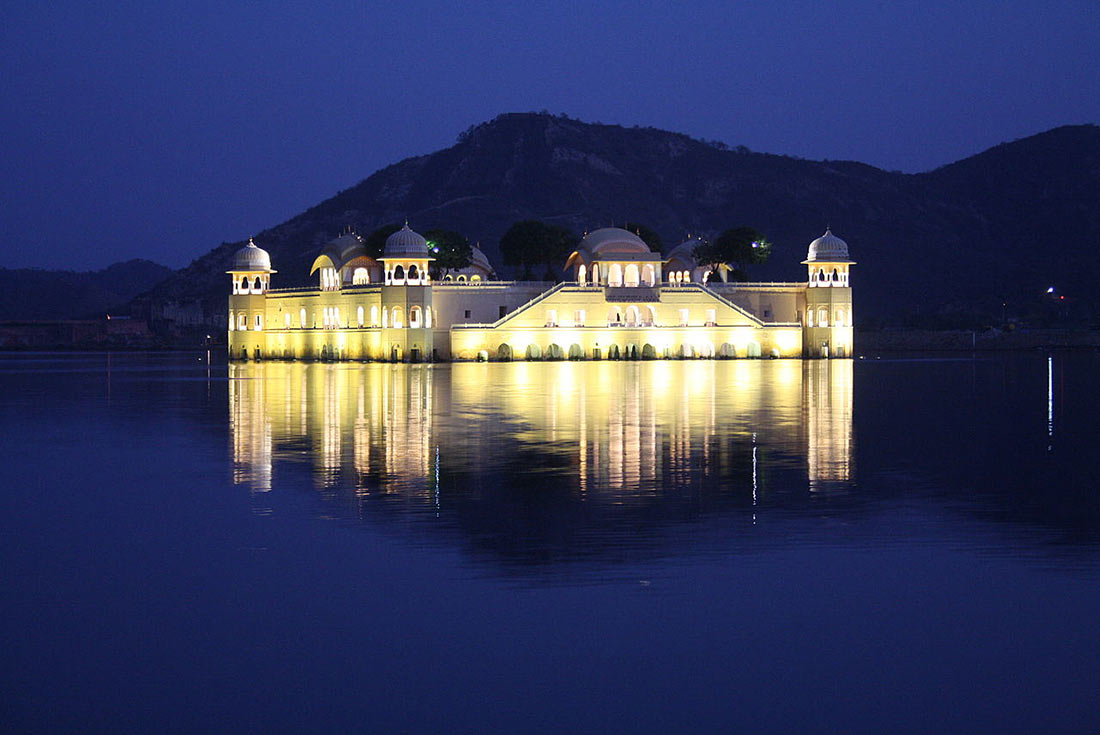
You can only get to Jal Mahal by boat, but tourists are not allowed inside the palace. The building can only be admired from the shores of the lake.
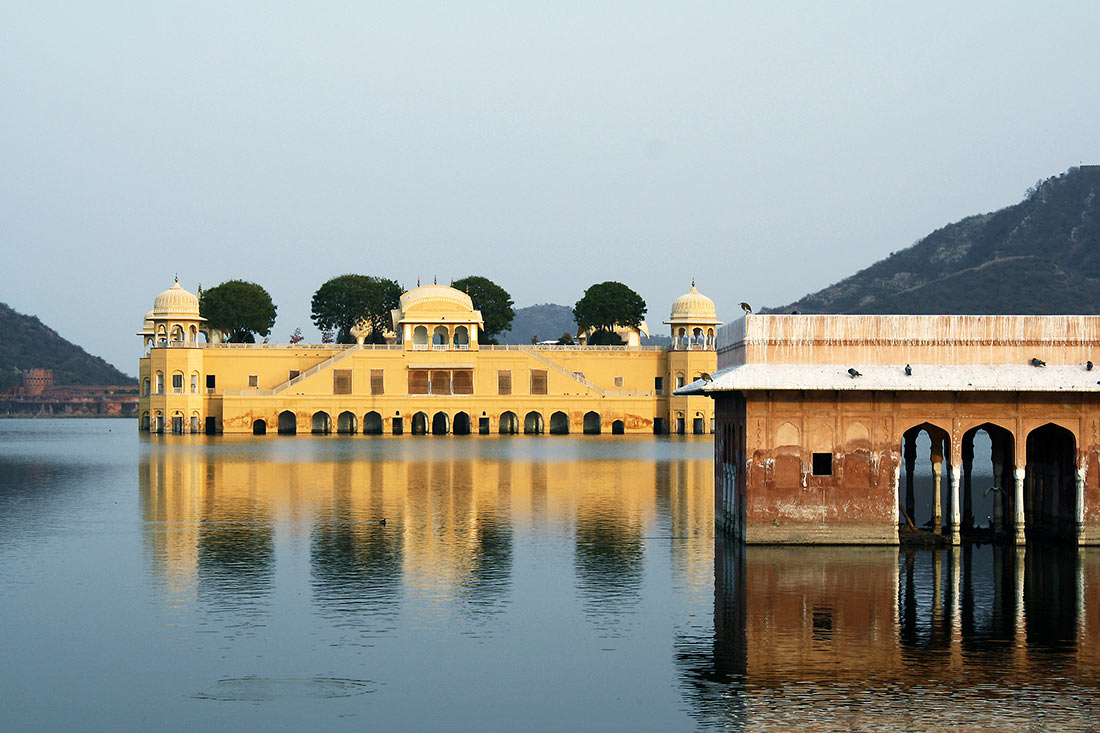
Photo: Dimitry B., https://www.flickr.com/photos/ru_boff/8153774502/ (https://creativecommons.org/licenses/by/2.0/)
